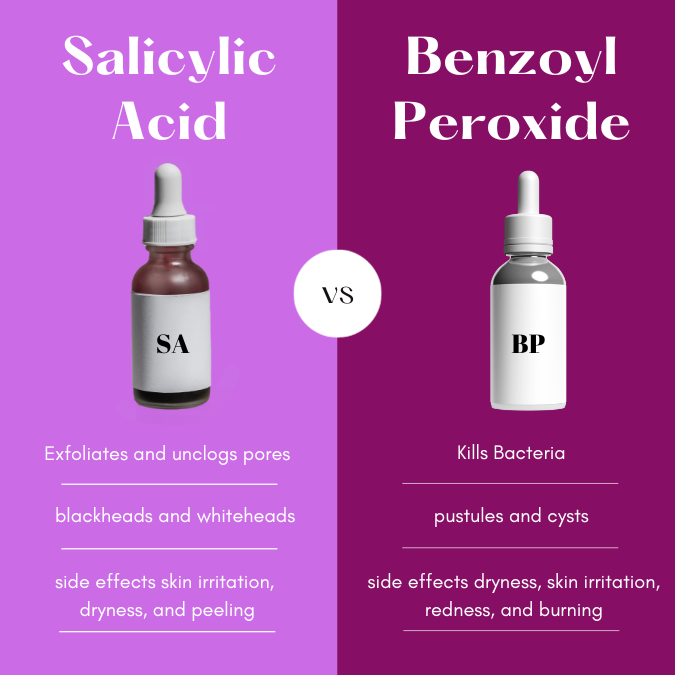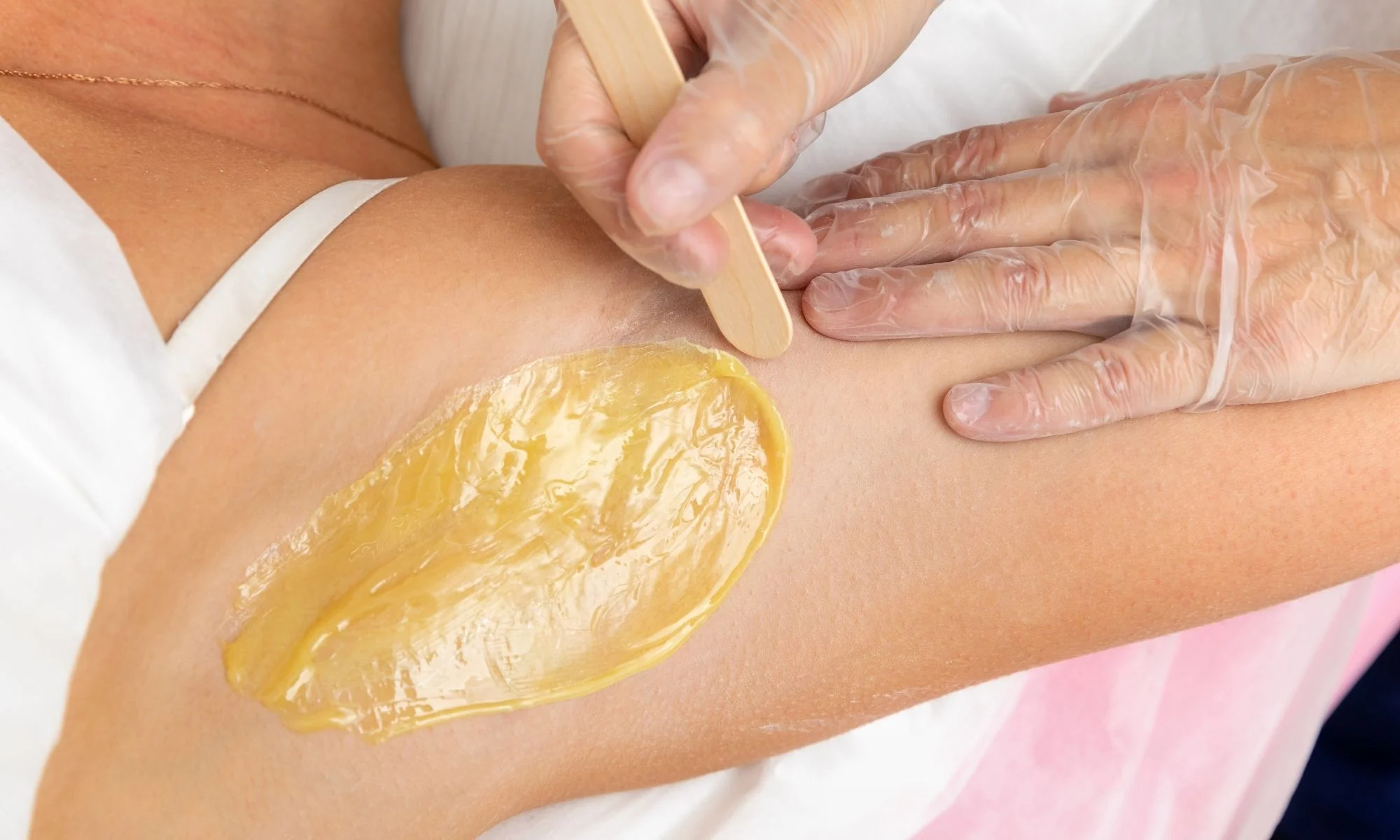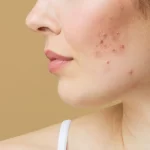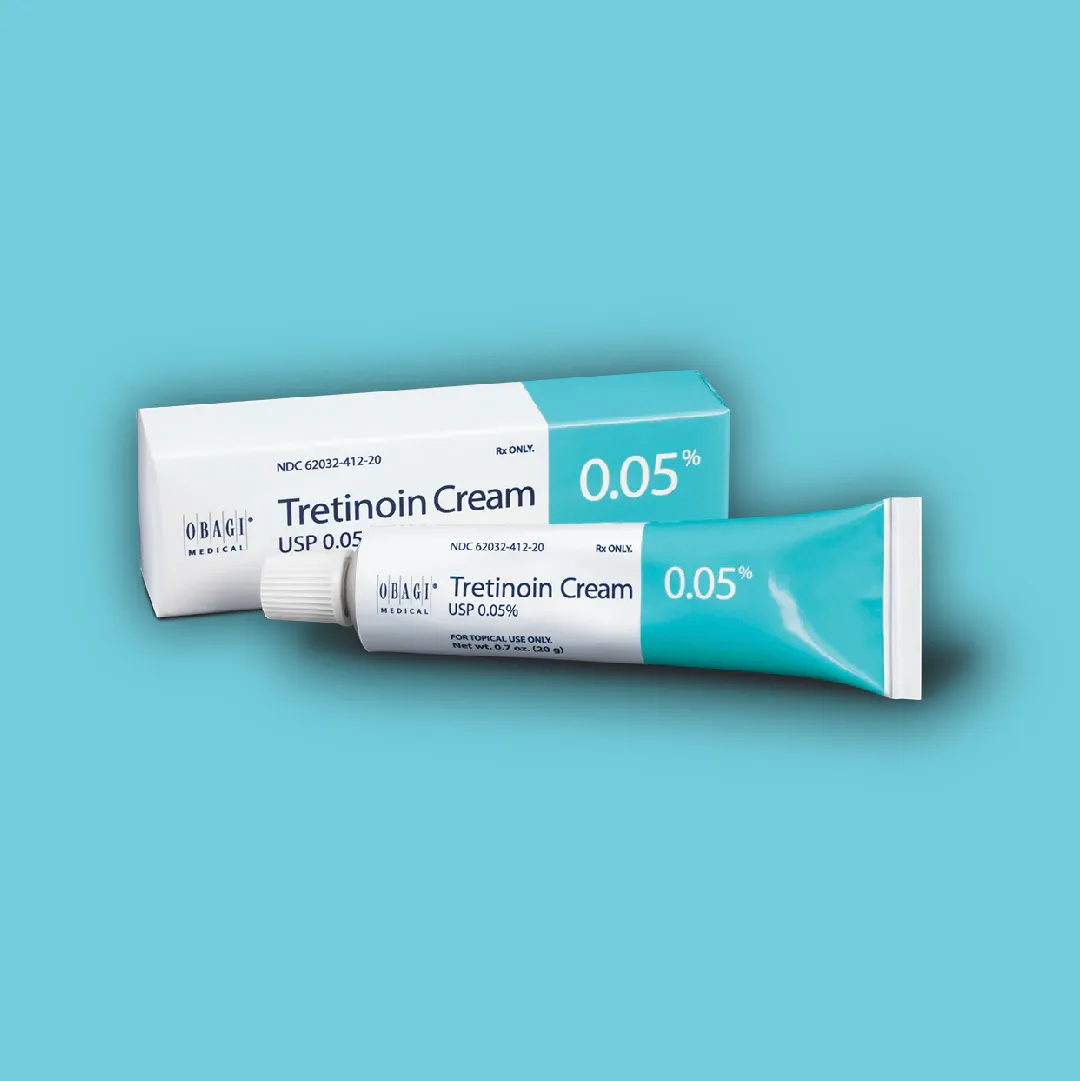When it comes to treating acne, two ingredients often stand out: benzoyl peroxide and salicylic acid. Both are commonly found in over-the-counter skincare products and have proven track records for effectively combating acne. However, they work in different ways and may be better suited for different types of acne and skin concerns. Here I aim to provide a comprehensive comparison between benzoyl peroxide and salicylic acid, helping you make an informed decision for your skincare regimen.
What Are Benzoyl Peroxide and Salicylic Acid?
Benzoyl peroxide and salicylic acid are popular ingredients you’ll often find in acne-fighting products on your local store shelves, and each of them works in a particular way to help clear your skin. Let’s talk about benzoyl peroxide first. This is a chemical compound that is known for being really good at killing bacteria, which is especially useful for treating a kind of acne that comes with red, puffy pimples. Not only does it kill bacteria that can cause acne, but it also helps to dry out extra oil and get rid of dead skin cells. You can find it in different strengths, which gives you options for what works best for your skin.
Now, moving on to salicylic acid: this one is a beta-hydroxy acid, which is just a fancy way of saying it’s really good at getting into your skin’s pores and cleaning them out. It comes from willow bark and is especially good at dealing with blackheads and whiteheads, which are types of acne that don’t get red and inflamed like the pimples we talked about earlier. Salicylic acid does its job by helping to get rid of dead skin cells, making it easier for them to be washed away. However, unlike benzoyl peroxide, it doesn’t kill bacteria. When you’re deciding between the two, think about what type of acne you’re dealing with, and that will help guide your choice.

Who Should Use What?
Benzoyl peroxide, often hailed for its potent antibacterial capabilities, is particularly beneficial for those contending with inflammatory acne and more significant acne conditions. It operates by attacking acne-causing bacteria, providing relief from the redness and swelling that often accompany more severe outbreaks. However, while its potency is a boon for those with resilient skin, it could be a bane for individuals with sensitive skin types or those who are prone to dryness, as benzoyl peroxide can sometimes exacerbate these issues by stripping away essential oils and irritating the skin.
Conversely, salicylic acid is frequently the recommended choice for those dealing with comedonal acne, oily skin, or less severe acne conditions, thanks to its ability to exfoliate the skin and unclog pores, thereby preventing the formation of blackheads and whiteheads. While it is often considered to be gentler than benzoyl peroxide, it is not without its caveats. Individuals with dry or sensitive skin should proceed with caution, as salicylic acid can potentially strip the skin of necessary moisture, leading to dryness and irritation. Moreover, those allergic to aspirin should also steer clear of salicylic acid, given their chemical similarities, to avoid any potential adverse reactions. Understanding these nuances ensures that you can confidently select a treatment that is not only tailored to your acne type but also harmonious with your skin’s individual needs.
Benzoyl Peroxide
- Best for: Inflammatory acne, more severe acne conditions.
- Avoid if: You have very sensitive skin or are prone to dryness.
Salicylic Acid
- Best for: Comedonal acne, oily skin, less severe acne conditions.
- Avoid if: You have very dry or sensitive skin, or are allergic to aspirin (a related compound).
Can You Use Both?
It’s possible to use both benzoyl peroxide and salicylic acid in a skincare routine, but caution is advised. Using both can increase the risk of skin irritation, dryness, and peeling. If you decide to use both, it’s best to apply them at different times of the day (e.g., benzoyl peroxide in the morning and salicylic acid in the evening) and to start with lower concentrations to gauge how your skin reacts.
Both benzoyl peroxide and salicylic acid offer effective ways to combat acne, but they serve different purposes and are better suited for different types of acne. Benzoyl peroxide is generally more effective for inflammatory acne, while salicylic acid excels at treating comedonal acne. Understanding the unique benefits and limitations of each can help you tailor your skincare routine for optimal results. Always consult a healthcare provider or dermatologist for personalized advice, especially if you have persistent or severe acne.








